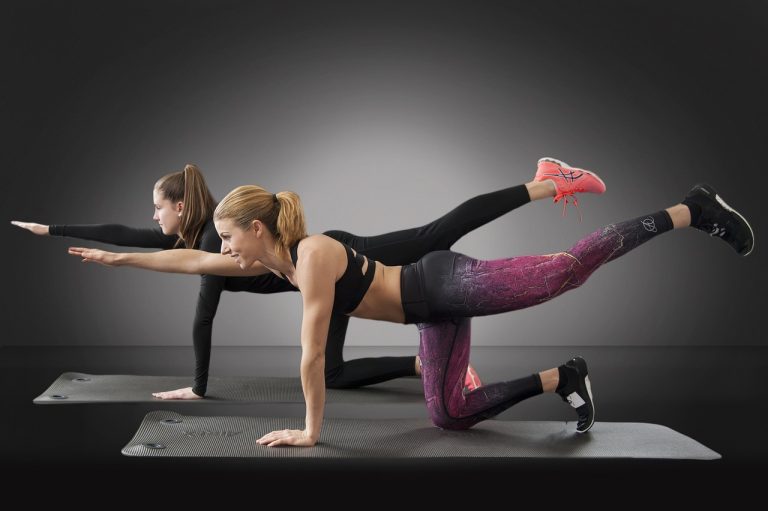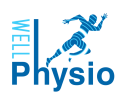
The popularity of all endurance sports including running for health gains has been increased a lot the last years. However, athletes may acquire several types of injuries including hip osteoarthritis.
The hip joint is a ball-and-socket joint, formed by the head of the femur and the acetabulum. It is supported by a number of ligaments and muscle groups. Both the acetabulum and the head of the femur are covered in articular cartilage, which is thicker at places of weight-bearing.
Risk Factors
Osteoarthritis or degenerative joint disease, is a group of joint disorders of the articular cartilage which wears down over the time. The risk factors for osteoarthritis include age, weight-bearing activities or sports that place repetitive stress on the joints, high bone mass or density, increased body weight (obesity) and hyperlaxity syndromes.
Hip osteoarthritis is the second most common form of osteoarthritis, affecting 11% of the UK population over the age of 45. The main symptoms of hip osteoarthritis include chronic pain localised to the groin, stiffness, restricted range of motion, instability, joint locking and joint cracking.
How to manage
Unfortunately, underlying osteoarthritis cannot be reversed but symptoms can effectively be managed to prevent the condition worsening and improve quality of life. Lifestyle changes, weight loss, physiotherapy and low-impact exercise are the most important factors you need to consider to avoid or delay surgical treatment options.
The National Institute for Health and Care Excellence is making a conscious effort to provide updated guidelines that include broad, patient-centred treatment plans for osteoarthritis patients. A holistic and comprehensive management plan for osteoarthritis includes:
1. Education and self-management:
Information to enhance understanding of the condition, positive behavioural changes, such as exercise, weight loss, use of suitable footwear, walking aid and pacing.
Non-pharmacological management: Weight loss and exercise including local muscle strengthening, general aerobic fitness and low impact activities like swimming. Swimming improves pain symptoms, range of motion, hip joint function and strengthening the supporting musculoskeletal system, resulting in an overall improvement of quality of life, in patients suffering with arthritis-related joint pain.
Oral analgesics like paracetamol and non-steroidal anti-inflammatory drugs as a first choice for pain relief alongside with core treatments.
3. Physiotherapy:
An individualised exercise program can help improve range of motion, facilitate muscle strengthening, and improve mobility and biomechanics.
4. Injections:
Intra-articular corticosteroid injections only as an adjunct to core treatments for the relief of moderate to severe osteoarthritis.
5. Surgery:
Hip replacement surgery has become an increasingly common treatment option in the UK. Clinicians should consider surgery for patients with hip osteoarthritis only after ensuring that the patient has at least been offered all the core (non-surgical) treatment options.
When considering running or any other high-impact sports with a compromised hip joint, the clinician and the athlete should work together to determine whether is it safe to continue training. The mechanical model of arthritis would support that increased loads would lead to arthritis. Thus, the increased impact forces associated with high endurance sports should correlate with an increased frequency of future osteoarthritis.
